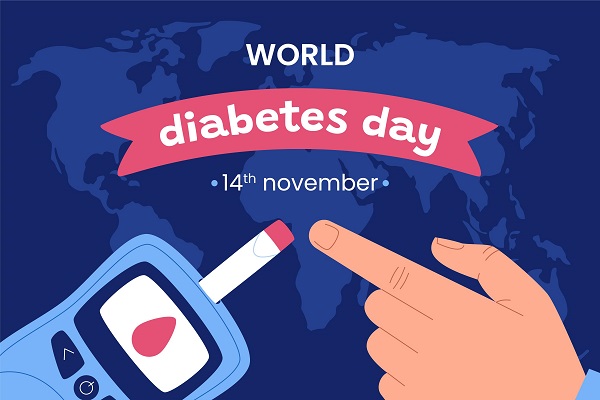Contributed by: Healthians Team
Introduction to prediabetes
Most people are unaware of the medical condition called prediabetes. Prediabetes arises when the blood sugar level is higher than normal but not high enough to be diagnosed as Type 2 diabetes. It is a real, common, and reversible condition. It can be stopped or delayed from developing into Type 2 diabetes with easy lifestyle changes.
Apart from developing into Type 2 diabetes, prediabetes can also lead to an increased risk of heart diseases and stroke. If people do not manage their Type 2 diabetes they can face serious medical conditions, such as blindness, kidney diseases, and nerve damage.
Risk factors of prediabetes
People may have prediabetes for a long time without any clear signs and symptoms. Most of the time, it goes undetected until it transforms into a serious medical condition. You need to go for a blood sugar test if you have the following risk factors:
- Obesity
- People of age 45 years or older
- Family history of prediabetes
- Being physically active fewer than 3 times a week
- History of cardiovascular diseases, high blood pressure (hypertension), high triglycerides, or low HDL
- Given birth to a baby that weighs more than 4 kgs
- If you have diabetes during pregnancy
- Polycystic ovary syndrome or PCOS
- Region-specific ethnicities, such as Native Americans, Latino Americans, Hispanics, a few Asian American clusters, and Pacific Islanders
People with prediabetes are already at higher risk of stroke and heart disease but they still have to manage the serious medical conditions that can come with diabetes. Diabetes can affect every vital organ of your body. People who do not manage their diabetes may often face some serious complications such as blindness, nerve damage, and kidney diseases. As per some studies, diabetes can double the chances of depression, and that risk increases more with the development of other serious medical conditions related to diabetes. All in all, it can drastically affect the quality of life.
Prediabetes diagnosis
Ignoring your prediabetes can increase the risk of developing Type 2 diabetes. To take preventive measures, for starters, you should lose some weight, get regular exercise, and do other physical activities including walking, and jogging. But as prediabetes does not show any signs and symptoms, you should go for diagnosis. The diagnosis may include several blood tests such as Hemoglobin A1C test, Fasting Plasma Glucose Test, and Oral Glucose Tolerance Test.
Lifestyle changes for prediabetes
Diagnosis can help you and your physician to confirm if you have prediabetes. If you have been diagnosed with prediabetes, you should work with the healthcare provider to change your lifestyle habits. Healthy lifestyle habits can reduce the risk of developing Type 2 diabetes. Following are some changes you can make in your lifestyle:
- Reducing body weight up to 5 to 7 percent can make some difference.
- Include physical activities in your everyday routine such as walking, biking, jogging, swimming, aerobics, and playing sports
- Maintain a healthy diet that contains whole grains, fruits, vegetables, and meats.
- Avoid processed foods
- Choose foods low in fat and calories and high in fiber
- Stop smoking
- Drink more water
- Work with a dietician nutritionist
The bottom line
A prediabetes diagnosis doesn’t necessarily indicate that you will develop Type 2 diabetes. But you have to take immediate action to reverse the condition. Taking your blood sugar to a healthy range is essential for your overall health. You have to work hard not only to avoid Type 2 diabetes, but to also counter the complications connected with prediabetes like heart disease, stroke, nerve damage, and others.




